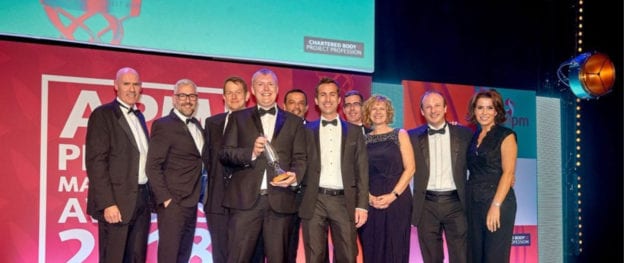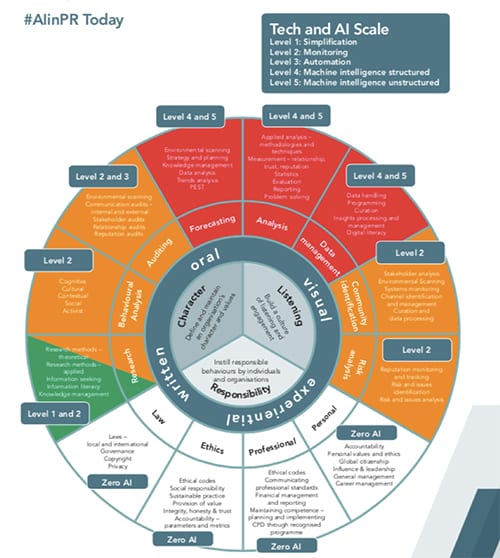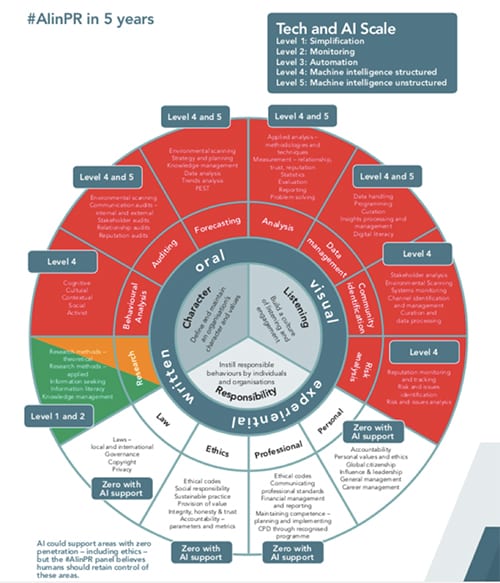Last week we played host to a third-year journalism student – Joe – from Teesside University – on work experience. We think it is important to give young people opportunities and experience in the world of work and in the PR and communications industry in particular. And it also keeps us on our toes having bright young things coming in and asking lots of awkward questions. Good luck with the future Joe!
Read on to see Joe’s views on his week at DTW Towers.
Hi – my name is Joe – I am a third year Teesside University student studying Journalism.
I’m in the final stages of my degree and I wanted to learn more about public relations, how it works, how companies operate etc.
I was given this opportunity by DTW for a week of work experience to gain an insight into the world of PR. I learned a huge amount over the week as I spent the week learning how to write press releases, work shadowing, sitting in on meetings and learning about problem solving, strategies and the bigger picture of PR.
Everyone who worked there was extremely friendly and welcoming which made settling in quickly much easier and meant it wasn’t difficult to ask anyone questions when I didn’t fully understand something.
I spent the week sat with Chris, Managing Director and Karen, Senior Strategist. Again, this could have been daunting, but their friendly nature was relaxing. I learnt a lot and the experience was hugely enjoyable, it has confirmed that PR is certainly an option as a future career for me.
Thanks everyone!
Joe Robertson



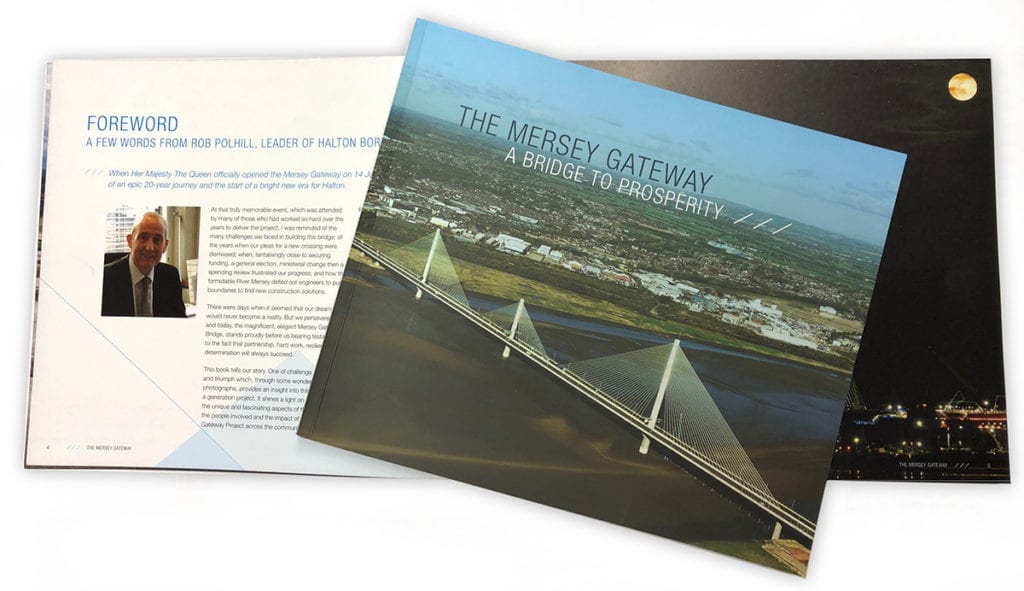
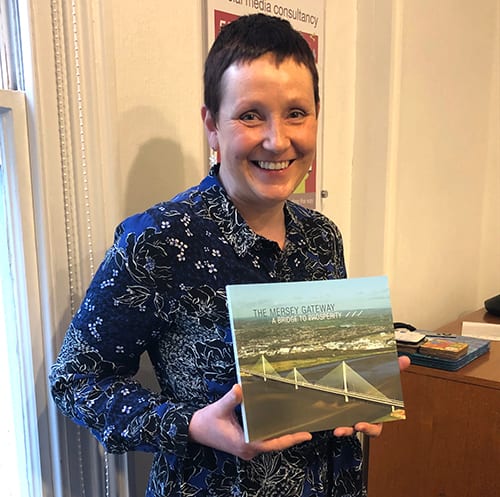
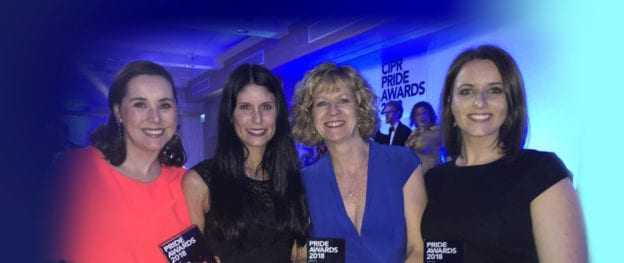
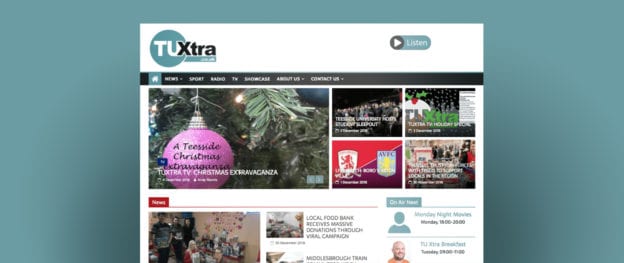
 What’s really valuable though is giving students real-time ownership and responsibility over the whole operation, from a team producing the content, to editors with responsibility for sub-editing and selecting what appears online on a daily basis. It’s a winning combination to produce graduates who have more than just classroom experience.
What’s really valuable though is giving students real-time ownership and responsibility over the whole operation, from a team producing the content, to editors with responsibility for sub-editing and selecting what appears online on a daily basis. It’s a winning combination to produce graduates who have more than just classroom experience.